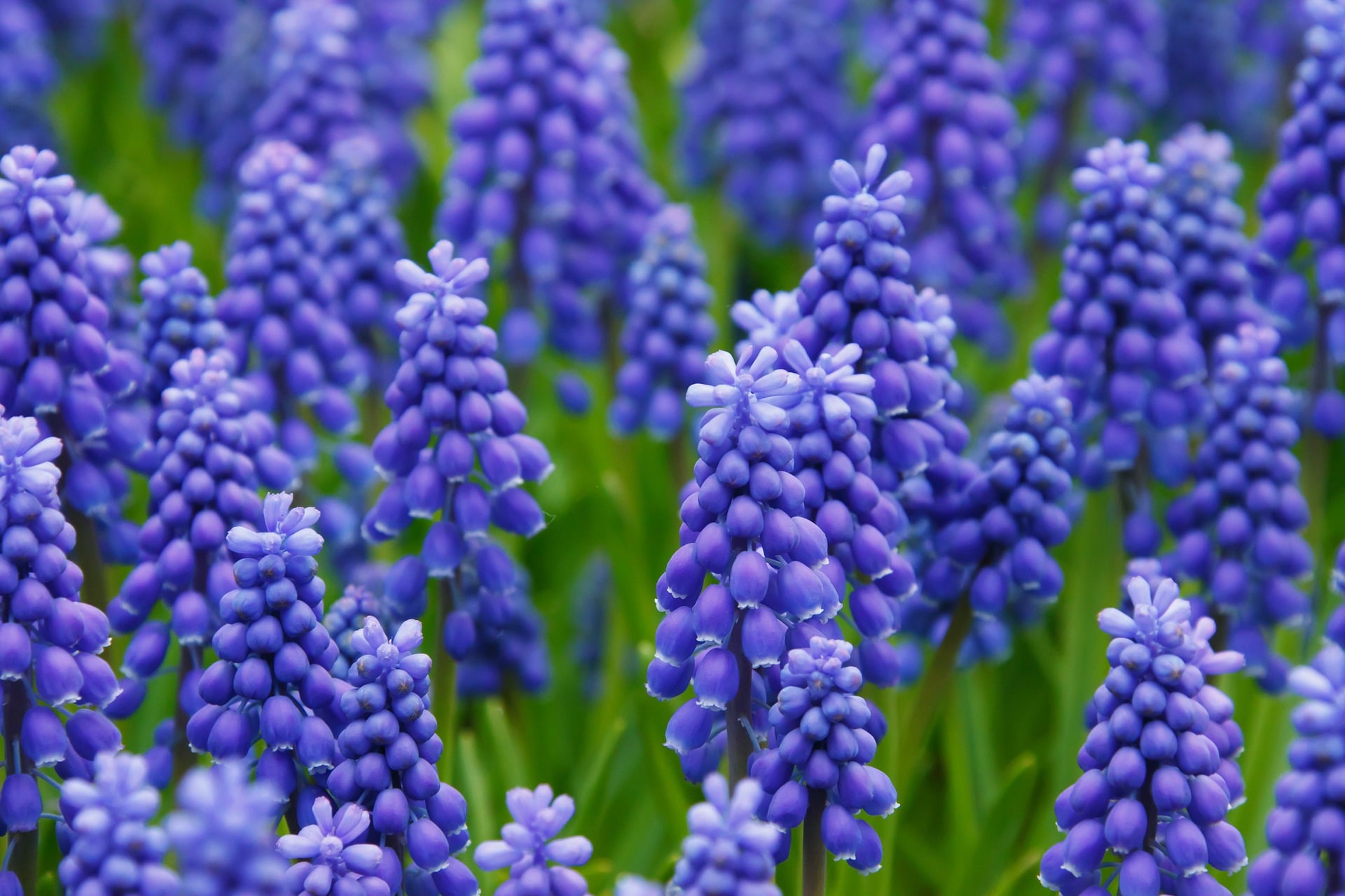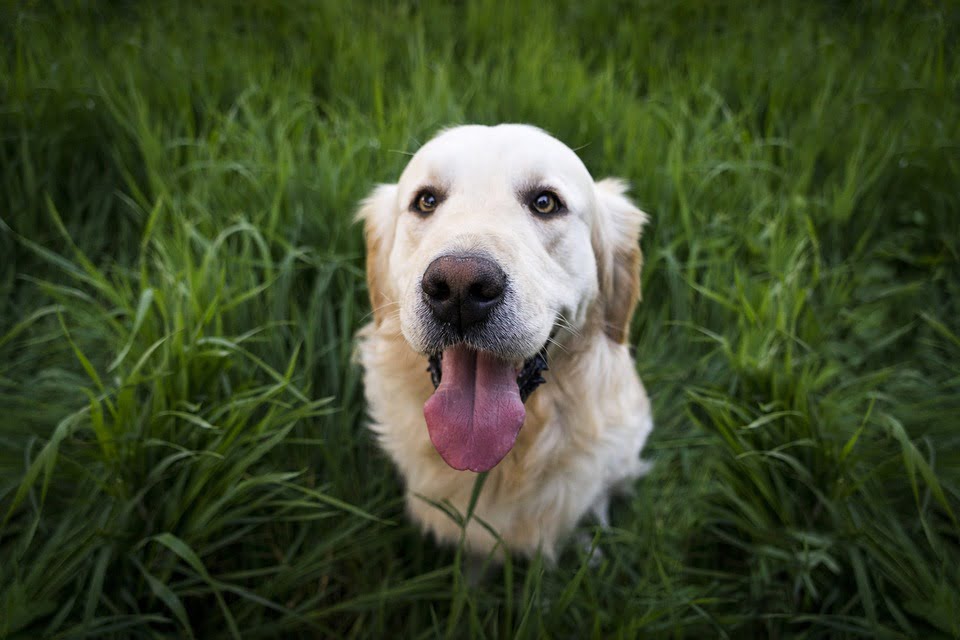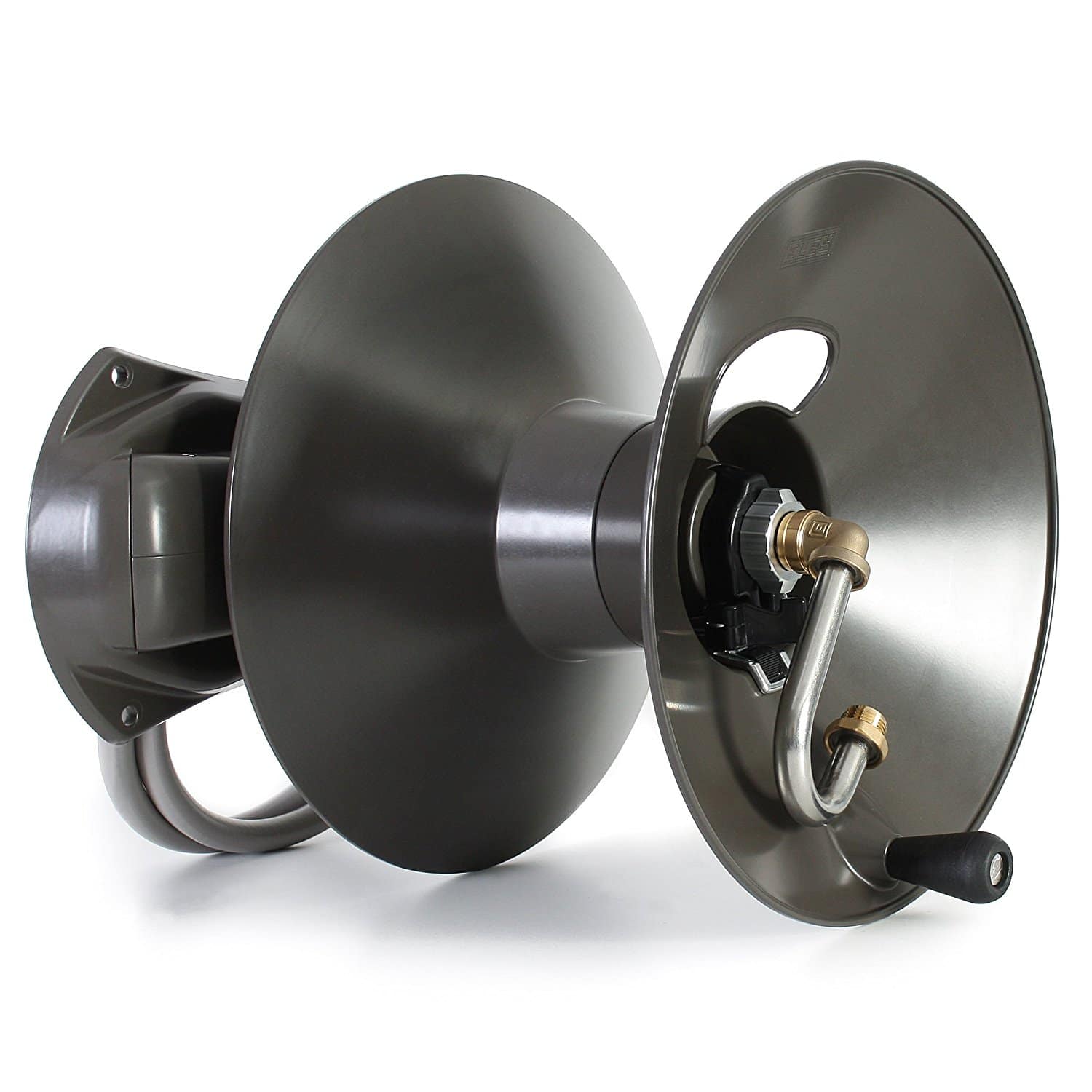Make sure you are ready to get your seeds planted before spring begins. Hyacinth are a spring flowering bulb that have long and narrow leaves with highly fragrant flowers with beautiful coloring. But before you start getting the holes ready, make sure you read through some of these facts first.
Hyacinth History
Hyacinths have been a favorite flower for many years. In the Victorian era they were planted in rows to give a powerful aroma to gardens, but hyacinths had a place in history long before that. According to Greek mythology the hyacinth was named after the god Hyakinthos. The legend goes that two other gods, Zephyr and Apollo, were teaching Hyakinthos how to throw discus. Hyakinthos was a natural and the other gods became jealous, especially Zephyr. Zephyr was the god of the west winds, so when Hyakinthos threw his discus Zephyr blew the discus back and hit Hyakinthos in the head. The blow killed Hyakinthos and from his blood grew a flower which was named after him.
When to Plant Hyacinth
Hyacinth needs to be planted in the early fall, that way they have enough time to grow some solid roots before winter. Plant the bulbs in some soil that drains well or has some sand to it. If you live in an area that has harsh winters and spring frosts, you will need to mulch the bulbs for their own protection. Plant each bulb about 4 inches deep and 3 inches apart. In northern areas you should plant the bulbs 6 to 8 inches deep so the cold does not get them. Once your hole is dug, plant the bulb with the pointed end up, cover it with soil, and water well.
Force the Bulb
If you would like to try and speed the process up, force the bulbs. This process requires you to plant the bulbs so that part of the top is poking out of the soil. You should only do this if you are beginning your bulb inside as the cold and the animals will get to your bulb before it has a chance to grow.
Plant your bulbs in a potting mix in containers with drainage holes. After you have planted your bulbs keep them in a dark place with temperatures between freezing and 45 degrees. Keep your bulbs in this area for about 10 weeks. This allows the roots to develop. When shoots begin to grow to be about one inch you may begin increasing the light and temperature slowly. You may also start to water them. Do not get the shoots wet and try not to waterlog the soil. Once your hyacinths start to bloom you may plant them outside. They will continue to grow for years after.
Colors and Varieties of Hyacinth
Just as there are many different colors of hyacinths there are also different kinds. There are single, double, and multiflora hyacinths. The Blue Giant is an example of a single hyacinth. These flowers have the “classic” hyacinth look with the full heads. Double hyacinth plants have the whorls of full and fluffy flowers on taller stems. The hollyhock is a great example of a double hyacinth. Multiflora hyacinths are bulbs that produce numerous stalks. These stalks will produce fewer flowers and are less full compared to the others.
Hyacinth Diseases
Hyacinth is prone to gray mold and bulb rot. Gray mold, also known as botrytis, is a fungus that infects damaged or overly moist plants. The wetter your soil is, the higher the likelihood your plant will get gray mold. This fungus will spread quickly and can cause a lot of damage to healthier plants. Identification of the mold depends on the plant type and conditions it is growing in, but generally there will be white spots that appear on the leaves.
As the fungus continues to grow the color will change from white, to gray, to brown. It will cover most of the leaves and cause them to wilt. In warmer and humid areas a grayish web might begin to grow on the leaves. These webs are how the mold spores grow and spread. If they are released from their webbing the spores will spread. This means that petals, buds, stems, and flowers can all be infected. This gray fuzz will eventually cover the entire growth.
The only way to get this infestation under control is to remove the plants that have the fungus and destroy them. Clean out the dirt and mulch that was around the plant to make sure that surrounding flowers will not get sick as well. You can avoid getting this mold by handling your plants with care. Grey mold attacks flowers that are damaged, so if you are transplanting your hyacinths from pots that you started inside make sure you are being careful with them.
Hyacinth Winter Care
When the spring ends and your hyacinths are done blooming, be sure to care for them so they come back healthy next year. When the bulbs are done blooming they will go through a period of “recharging.” When they are in this stage they are focusing on getting their energy back so they can come back next year strong. Make sure you remove the dead flowers, but keep the leaves.
The bulb depends on photosynthesis to get its strength back. It can only do this if it has something above the ground to catch and process the suns rays. Leave the foliage alone until it turns brown or for at least 6 weeks after the bloom dies off. This will give the bulb enough time to recharge and get ready for next spring. You can plant annual or perennial flowers in front of or around the hyacinth bulbs so that when the flower dies off you can hide the ugly brown leaves with other flowers.
Health Benefits of Hyacinth
These flowers are good for more than just their colors and great fragrance; they also provide a lot of health benefits. To begin, hyacinth is great for many skin disorders. Take some blooms and mix it with rice flour and turmeric. This makes a wonderful treatment for eczema. The stem of the flower can be used to treat cholera. Stir fry the beans to reduce nausea and vomiting. The pods hold a juice that if extracted is great for sore throats. The juice will help heal the inflammation. Extraction from the hyacinth bean leaves will help treat snake bites.
Women in Kenya use this flower to help promote lactation. The mother will boil the hyacinth bean and eat it, but before you go biting into the flower be aware that you should never eat any part of the hyacinth plant uncooked. Eating the plant uncooked can cause stomach problems since there is a poison in the seed. To make sure that all the toxin is removed boil the bean, dry it, and change the water.
Summary
Hyacinth are beautiful fragrant flowers that will come back each year. With some tender loving care they will continue to add some fantastic color to your garden each spring. Make sure you take care of them and do not overwater them. Planting a hyacinth bulb will not only add some great variety but you can also use them for different health benefits as well. They are a flower that will just keep on giving as long as you give them the care they need.















